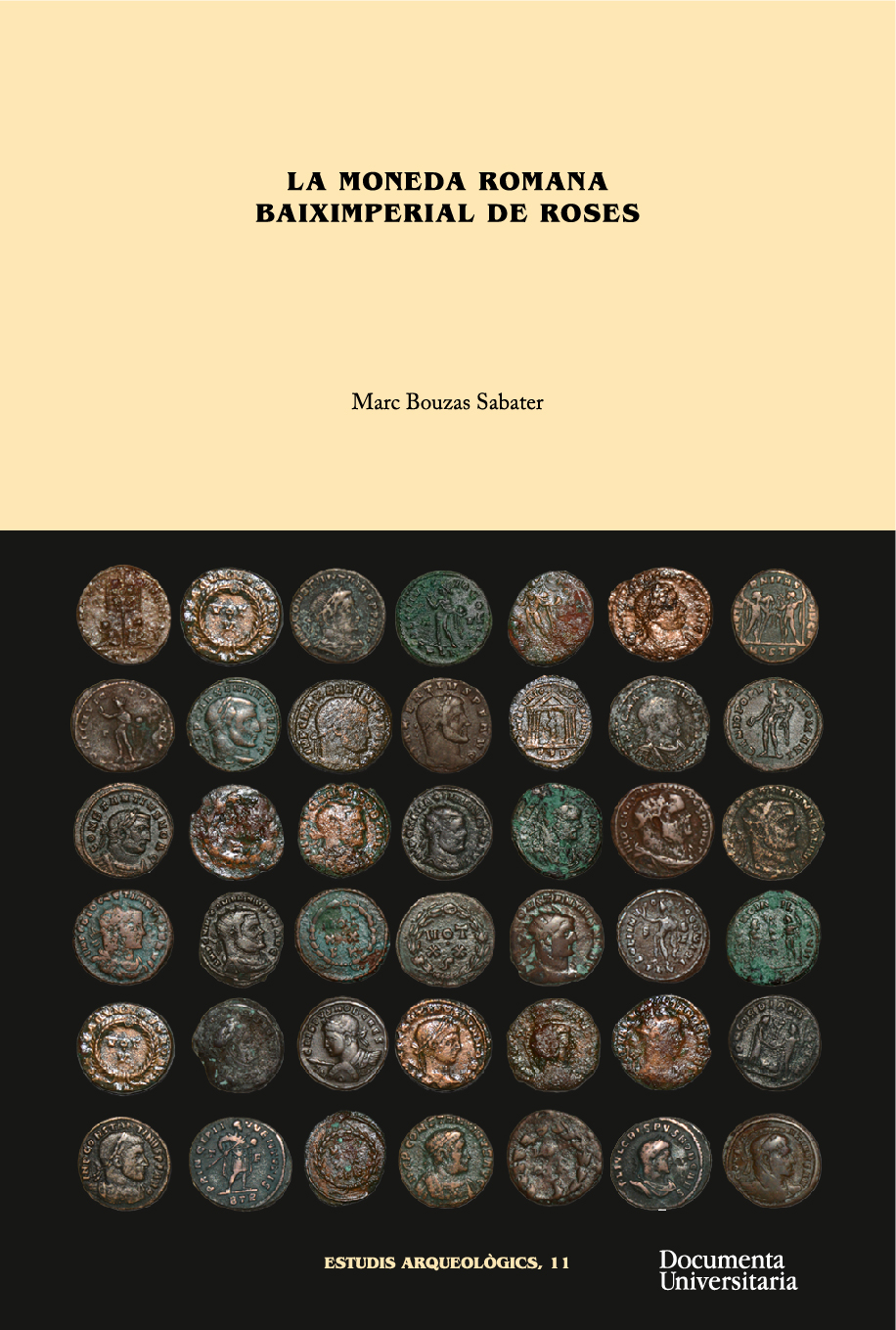
La moneda baiximperial romana de Roses
Bouzas Sabater, Marc
Estudis Arqueològics, 11 | 2019 | ISBN: 9788499844633 | Pàgs: 190
The main aim of this book is to publish the complete collection of Late roman coins recovered during the archaeological works in the Ciutadella de Roses. The focus of the study is placed on those coins that have an archaeological context associated, but we also include some coins that come, at least in theory, from the site but that were bought to local traders. In sum there is a total of six hundred sixty three Late roman coins that had never been published before. The main objective is to publish a catalogue of this coins with detailed information taking special care on some topics like the coin type, its mint, its emissary or the importance of the imitation coinage. In order to achieve that objective we first present the catalogue and after that a text where some aspects of the coins are discussed.
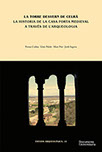
La Torre Desvern de Celrà. La historia de la casa forta medieval a través de l'arqueologia.
Ferran Codina, Lluís Palahí, Marc Prat i Jordi Sagrera
Estudis Arqueològics, 10 | 2017 | ISBN: 9788499843889 | Pàgs: 110
The excavations executed in Torre Desvern (Celrà, Gironès) in 2003 and between 2011 and 2017 documented a wide occupation of the place. During the 7th century, it was built, in the place where today we find Torre Desvern, a Visigoth settlement. Despite the previous remains, the origin of the current building is found it in 12th century, when it was built a medieval construction dominated by a rectangular tower. Between 15 and 16th centuries, the building was transformed in a Gothic palace. Finally, during the 18th century, Torre Desvern became a conventional country house.
Old titles
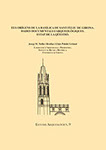
Els orígens de la basílica de Sant Feliu de Girona. Dades documentals i arqueològics. Estat de la qüestió.
Josep M. Nolla i Lluís Palahí
Estudis Arqueològics, 9 | 2011 | ISBN: 97884583639 | Pàgs: 58
In the early 2010 some archaeological surveys were carried out inside the church of Sant Feliu (Girona, el Gironès). From documents previously known and results of the intervention this monograph analyses the place occupied by the temple from Roman period to medieval ages and presents some interpretations, especially for ancient times –when one of the necropoleis of Gerunda was established there– and the Late Antiquity –when first basilica would be erected.
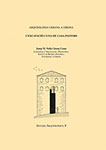
Arqueologia urbana a Girona. L'excavació Cuina de Casa Pastors.
Josep M. Nolla i Josep Casas
Estudis Arqueològics, 8 | 2009 | ISBN: 97884582915 | Pàgs: 104
Between 1971 and 1973 archaeological explorations were carried out at Casa Pastors of Girona (el Gironès). This was built on the Roman walls of the city. This monographic work shows the results in detail, which had had important repercussion concerning the knowledge of two different periods of the history of the city: the beginning of Gerunda and the Tetrarchy times.
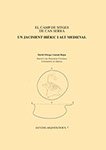
El camp de Sitges de Can Serra. Un jaciment Ibèric i Alt Medieval.
David Ortega i Antoni Rojas
Estudis Arqueològics, 7 | 2006 | ISBN: 9788484582496 | Pàgs: 98
Tasks of archaeological supervision of the works for constructing the section of the TAV (High Speed Rail) that crosses the municipal area of Vilobí d’Onyar (la Selva) led the discovery of a field of silos in 2004. That same year it was excavated and materials recovered suggested two different moments for the use of the silos: on the one hand, six storage pits were from Iberian period; on the other hand, other seventy were dated in Middle Ages (11th-13th centuries).
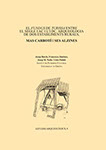
El Fundus de Turissa entre el segle I ac i l'I dc. Arqueologia de dos establiments rurals, Mas Carbotí i Ses Alzines.
Josep Burch, Francesca Jiménez, Josep M. Nolla i Lluís Palahí
Estudis Arqueològics, 6 | 2005 | ISBN: 97884582159 | Pàgs: 94
This volume analyses two rural centres devoted to country exploitation settled in Roman times in Tossa de Mar valley (la Selva): Mas Carbotí and Ses Alzines. Both were subject of archaeological interventions by the research team of Archaeology of the UdG at the end of 90’s and early decade of 2000’s. These were modest settlements exclusively devoted to industrial functions in order to produce wine, which were close related to near Ametllers villa.
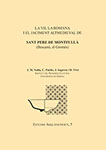
La vil·la romana i el jaciment altmedieval de Sant Pere de Montfullà (Bescanó, el Gironès).
J.M. Nolla, C. Patiño, J. Sagrera i D. Vivó
Estudis Arqueològics, 5 | 2003 | ISBN: 97884581896 | Pàgs: 92
This work shows results of three excavation seasons carried out in 1987, 1989 and 2002 around the church of Sant Pere de Montfullà (el Gironès). Archaeological interventions collected information for understanding the occupation of that place throughout history: it beginning from a rural settlement in 2nd century BC and continues with a High imperial uilla; more later, from 7th century, on the same place it was built a field of silos that was replaced by a graveyard in 10th century.
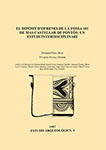
El dipòsit d'ofrenes de la fossa 101 de Mas Castellar de Pontós: un estudi interdisciplinari.
Enriqueta Pons i Brun i M. Carme Rovira i Hortalà
Estudis Arqueològics, 4 | 1997 | ISBN: 8488762933 | Pàgs: 72
An archaeological survey carried out in 1991 at the Iberian site of Mas Castellar (Pontós, l’Alt Empordà) recorded four pits or silos in an area where previous interventions guessed the presence of a field of silos. Variety and typology of the materials recovered from one of them, as well as the careful placing led its diggers to hypothesize the old storage structure was used in the first quarter of 2nd century BC as a votive deposit.
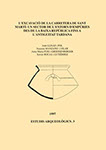
L'excavació de la carretera de Sant Martí: un sector de l'entorn d'Empúries des de la baixa república fins a l'antiguitat tardana.
Joan Llinàs i Pol, Susanna Manzano i Vilar, Anna Maria Puig i Griessenberger i Xavier Rocas i Gutiérrez
Estudis Arqueològics, 3 | 1997 | ISBN: 8488762755 | Pàgs: 98
Archaeological supervision of works for widening the access road to Sant Martí d’Empúries (L’Escala, Alt Empordà) led to an excavation of the affected area in 1991 and 1992. Those interventions recorded up to six different phases: works for levelling the site in Roman republican times; an incineration necropolis of High Empire; a field of silos with an imprecise chronology; an inhumation necropolis in use between late-4th century and mid-5th century; another phase constituted by several buildings and a rubbish dump of second quarter of 6th century; and a well abandoned in 7th century.
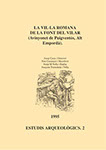
La Vil·la Romana de La Font del Vilar (Avinyonet de Puigventós, Alt Empordà).
Josep Casas i Genover, Pere Castanyer i Masoliver, Josep M. Nolla i Brufau i Joaquim Tremoleda i Trilla
Estudis Arqueològics, 2 | 1995 | ISBN: 8488762356 | Pàgs: 65
On occasion of urbanization works carried out in 1983 at the municipal area of Avinyonet de Puigventós (Alt Empordà), remains of a Roman villa were found. It was quickly subject of a rescue excavation and some years later two excavation seasons were also made in 1992 and 1993 that were able to reach all the settlement’s limits. This issue shows results of the interventions and interpretations of the documented structures and materials.
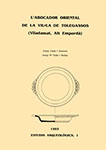
L'Abocador oriental de la Vil·la de Tolegassos (Viladamat, Alt Empordà).
Josep Casas I Genover i Josep M. Nolla i Brufau
Estudis Arqueològics, 1 | 1993 | Pàgs: 108
The monograph that starts this series is focused on the study of materials recovered from a rubbish dump related to Els Tolegassos villa (Viladamat, Alt Empordà). The excavation, that took place in 1991, was able to record a comprehensive stratigraphic sequence from 1st to 3rd centuries AD. Collected information helped to understand the development of the villa throughout this period, which was closely tied to the evolution of near Emporiae city.
Contact
Laboratori d'Arqueologia i Prehistòria
Plaça Ferrater Mora, 1 - 17004 Girona
Tel. 972 41 81 59
View google
Contact US
Parc Científic i Tecnològic de la UdG.
Edifici Giroempren - Despatx A1.18.
C/ Pic de Peguera 11. 17003, Girona (Espanya)
Tel. +34 902 44 00 12 | Fax +34 972 18 34 57